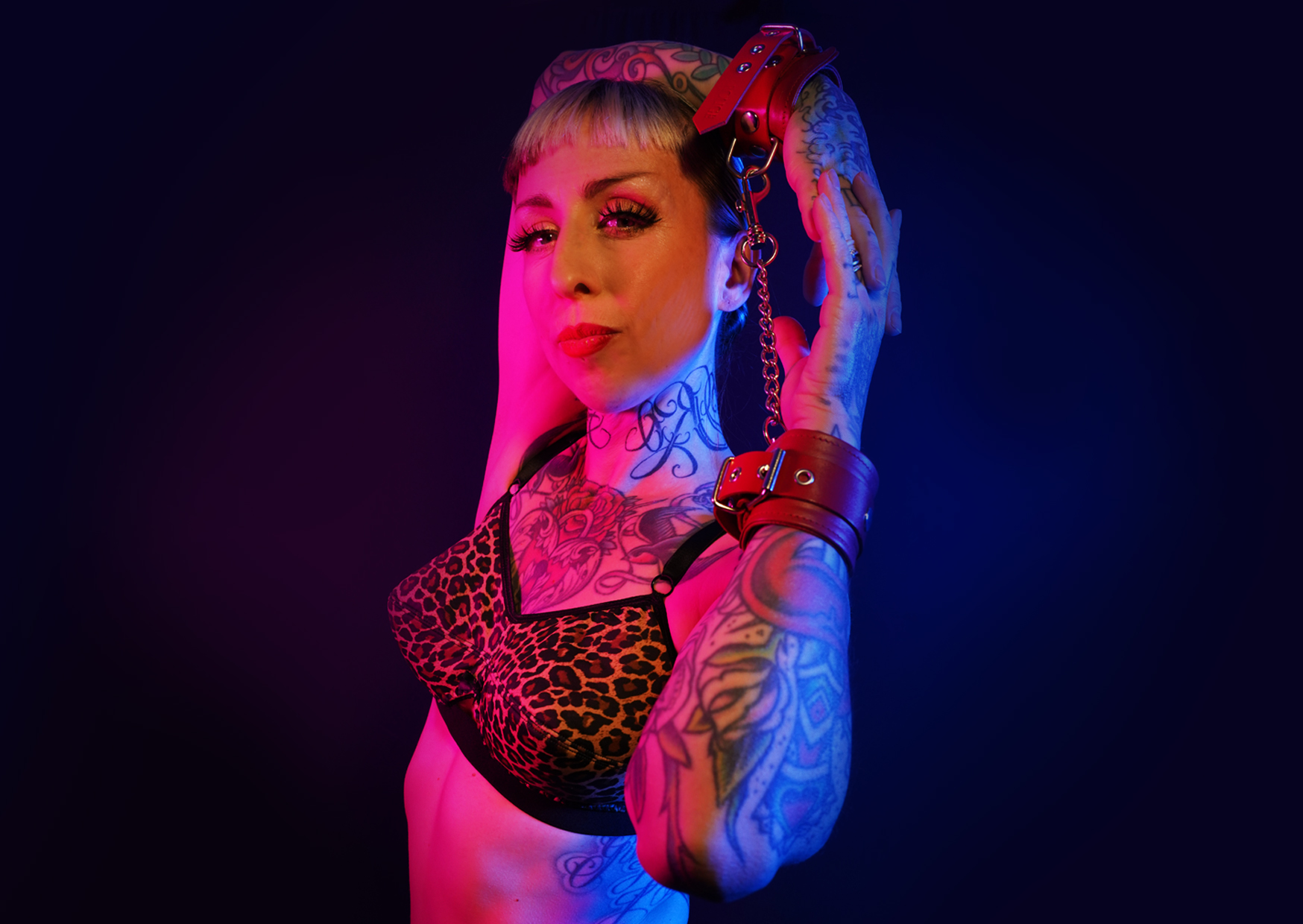Understanding Pansexuality
Pansexuality, a term often misunderstood or misrepresented, challenges traditional notions of sexual attraction by encompassing individuals who are attracted to people regardless of their gender identity. Understanding pansexuality requires moving beyond rigid binary constructs and embracing the spectrum of human experience and desire.
Definition and History
Pansexuality is a sexual orientation characterized by romantic or sexual attraction towards individuals regardless of their gender identity or expression. Pansexual individuals are attracted to people across the entire spectrum, including men, women, transgender individuals, non-binary individuals, and others. This fluidity of attraction transcends traditional gender binaries, recognizing that gender is not a determining factor in who a person finds attractive.
The history of pansexuality is intertwined with broader movements for LGBTQ+ rights and the evolving understanding of gender identity. While the term “pansexual” itself emerged relatively recently, the concept of attraction beyond traditional gender norms has existed throughout history. Early 20th-century lesbian feminist writings explored themes of fluidity in sexuality, challenging societal expectations around gender and desire.
The modern usage of “pansexuality” gained traction in the late 20th century, particularly within LGBTQ+ communities seeking to encompass a wider range of experiences and identities. The term provides a more inclusive and accurate representation of attraction that exists outside the confines of the male/female binary.
Key Characteristics of Pansexual Identity
Understanding pansexuality is crucial for creating a more inclusive and accepting society. It involves recognizing that sexual attraction can exist beyond traditional gender binaries, acknowledging the diversity of human experiences and desires.
- Pansexual individuals are attracted to people regardless of their gender identity or expression.
- This attraction transcends traditional gender roles and recognizes that gender is not a defining factor in who someone finds attractive.
- Pansexuality challenges societal norms and expectations around dating and relationships, encouraging individuals to explore connections based on shared values, interests, and emotional compatibility rather than solely on gender.
Pansexuality and Gendered Expectations in Dating
Exploring pansexuality offers a unique lens through which to examine the complexities of dating and how societal expectations often influence our perceptions of attraction. Pansexuality, the romantic or sexual attraction to people regardless of their gender identity, challenges the traditional framework of dating that frequently relies on binary categories.
Traditional Gender Roles in Relationships
Traditional gender roles in relationships often dictate expectations around dating behavior, perceived masculinity and femininity, and division of labor within partnerships. These roles can create limitations for pansexual individuals navigating the dating world, as they may encounter resistance or misunderstanding from those adhering to more rigid societal norms.
For instance, a pansexual woman might be pressured to conform to expectations of heterosexual dating by focusing on men, while a pansexual man might face assumptions about his sexuality based on who he chooses to date. These pressures can lead to internalized homophobia or biphobia, where individuals may question their own identity or suppress their desires to fit in with societal expectations.
Furthermore, traditional gender roles can influence the dynamics within relationships. If one partner is expected to take on traditionally “feminine” roles while the other assumes “masculine” responsibilities, it can create an imbalance of power and stifle personal growth. Pansexual individuals, by challenging these rigid constructs, have the opportunity to forge more egalitarian and fulfilling relationships based on mutual respect, shared responsibilities, and open communication.
Challenges Faced by Pansexual Individuals in Dating
Pansexuality challenges societal norms around dating by embracing attraction across all gender identities. Traditional dating often operates within a framework of gendered expectations, leading to difficulties for pansexual individuals who do not conform to these norms. These expectations can manifest in various ways, from pressure to date within a particular gender binary to assumptions about one’s sexuality based on their chosen partners.
Pansexual individuals may face resistance or misunderstanding from those who adhere to rigid gender roles. For instance, a pansexual woman might be expected to focus on dating men, while a pansexual man might encounter prejudice for his attraction to men and women. This can lead to internalized homophobia or biphobia, where individuals question their own identity or suppress their desires to fit societal expectations.
Additionally, traditional gender roles within relationships can present challenges for pansexual individuals. If one partner is expected to fulfill traditionally “feminine” roles while the other assumes “masculine” responsibilities, it can create an imbalance of power and limit personal growth. Pansexuality offers the opportunity to challenge these rigid constructs, fostering more egalitarian partnerships based on mutual respect, shared responsibilities, and open communication.
Navigating Dating as a Pansexual Person
Dating as a pansexual person presents a unique set of challenges and opportunities. It requires navigating societal norms that often revolve around binary gender expectations, which can lead to misunderstandings and prejudice.
Finding Like-Minded People
One of the primary challenges is finding like-minded individuals who understand and accept pansexuality. Traditional dating platforms and social circles may not always be inclusive of diverse sexual orientations.
Fortunately, there are several ways to connect with other pansexual people and build meaningful relationships. Online communities and forums dedicated to pansexuality provide a safe space for individuals to share their experiences, offer support, and find potential partners.
Attending LGBTQ+ events and gatherings can also be a great way to meet like-minded individuals in person. Local organizations and groups often host social events, workshops, and support groups that cater to the pansexual community.
It’s important to remember that finding the right partner takes time and effort for anyone, regardless of their sexual orientation. Be patient, stay true to yourself, and don’t be afraid to put yourself out there.
Communicating Sexual Orientation Effectively
Pansexuality challenges the traditional framework of dating by encompassing attraction across all gender identities. It transcends the limitations of binary categories and encourages individuals to explore connections based on shared values, interests, and emotional compatibility.
When communicating sexual orientation, clarity and honesty are key. Direct and open communication allows potential partners to understand your identity and expectations from the outset.
It is important to remember that not everyone will be familiar with pansexuality. Being prepared to explain what it means to you can help foster understanding and create a more inclusive dating experience.

Utilizing clear language like “I am pansexual” or “I am attracted to people regardless of Ephemera Atelier their gender identity” can effectively communicate your orientation.
Pansexual individuals often face unique challenges in dating due to societal misconceptions and lack of understanding. By fostering open communication, challenging stereotypes, and embracing authenticity, pansexual individuals can navigate the dating world with confidence and create fulfilling relationships based on mutual respect and shared values.
Setting Boundaries and Managing Expectations
Navigating dating as a pansexual person involves setting boundaries and managing expectations within a society that often operates under rigid gender norms. It’s essential to clearly communicate your identity and desires to potential partners, while also being prepared for various reactions. Understanding pansexuality as a spectrum of attraction beyond traditional binary categories is crucial for creating inclusive and respectful dating experiences.
Setting boundaries around what you are comfortable with in terms of physical intimacy, emotional vulnerability, and social expectations can help ensure healthy and fulfilling connections. It’s okay to decline dates or situations that make you feel uncomfortable or pressured, regardless of societal norms or expectations. Remember, your comfort and well-being are paramount.
Managing expectations involves recognizing that not everyone will understand pansexuality immediately. Some individuals may have limited exposure to diverse sexual orientations and require time and patience to grasp the concept. Being prepared to educate others about pansexuality in a respectful and concise manner can foster understanding and break down misconceptions.
Ultimately, dating as a pansexual person is about finding connections with individuals who accept and celebrate your authentic self. Building relationships based on shared values, mutual respect, and open communication is essential for navigating the complexities of dating while staying true to your identity.
Societal Perceptions and Acceptance of Pansexuality
Societal perceptions and acceptance of pansexuality have evolved significantly in recent years, but continue to be shaped by ongoing conversations and challenges.
Changing Attitudes and Growing Visibility
Increased visibility of pansexual individuals in media, popular culture, and public discourse has played a crucial role in raising awareness and understanding. The representation of pansexual characters in film, television, and literature allows viewers and readers to engage with diverse experiences and perspectives, fostering empathy and acceptance.
Moreover, the growth of online communities and social media platforms has provided safe spaces for pansexual individuals to connect, share their stories, and advocate for greater visibility. These online spaces allow for open dialogue and support, breaking down isolation and promoting a sense of belonging.
Education plays a vital role in shaping societal perceptions. Schools, universities, and community organizations can incorporate inclusive curriculum and workshops that address sexual orientation and gender identity, fostering understanding and respect from a young age.
It’s important to acknowledge that challenges and misconceptions surrounding pansexuality still exist. Some individuals may struggle to understand the concept or may hold outdated views based on misinformation.
Continued efforts are needed to challenge stereotypes, promote accurate information, and create inclusive environments where all individuals feel safe and accepted.
Addressing Misconceptions and Stereotypes
Pansexuality is a sexual orientation characterized by romantic or sexual attraction towards individuals regardless of their gender identity or expression. Pansexual individuals are attracted to people across the entire spectrum, including men, women, transgender individuals, non-binary individuals, and others. This fluidity of attraction transcends traditional gender binaries, recognizing that gender is not a determining factor in who a person finds attractive.
Understanding pansexuality requires moving beyond rigid binary constructs and embracing the spectrum of human experience and desire. It challenges societal norms and expectations around dating and relationships, encouraging individuals to explore connections based on shared values, interests, and emotional compatibility rather than solely on gender.
Societal perceptions and acceptance of pansexuality have evolved significantly in recent years, but continue to be shaped by ongoing conversations and challenges. Increased visibility of pansexual individuals in media, popular culture, and public discourse has played a crucial role in raising awareness and understanding.
The representation of pansexual characters in film, television, and literature allows viewers and readers to engage with diverse experiences and perspectives, fostering empathy and acceptance. Moreover, the growth of online communities and social media platforms has provided safe spaces for pansexual individuals to connect, share their stories, and advocate for greater visibility.
These online spaces allow for open dialogue and support, breaking down isolation and promoting a sense of belonging. Education plays a vital role in shaping societal perceptions. Schools, universities, and community organizations can incorporate inclusive curriculum and workshops that address sexual orientation and gender identity, fostering understanding and respect from a young age.

It’s important to acknowledge that challenges and misconceptions surrounding pansexuality still exist. Some individuals may struggle to understand the concept or may hold outdated views based on misinformation. Continued efforts are needed to challenge stereotypes, promote accurate information, and create inclusive environments where all individuals feel safe and accepted.
Conclusion
Exploring pansexuality challenges traditional dating norms by embracing attraction across all gender identities. It encourages connections based on shared values and compatibility rather than solely on gender. While societal understanding is evolving, pansexual individuals continue to navigate misconceptions and biases. Open communication, education, and visibility are crucial for fostering inclusivity and acceptance in the realm of dating.
- Why Does Lip Filler Look So Bad - November 10, 2025
- What Is The Best Tear Trough Filler - November 9, 2025
- What Are The Best CBD Gummies For Reducing Pain And Inflammation - November 7, 2025
